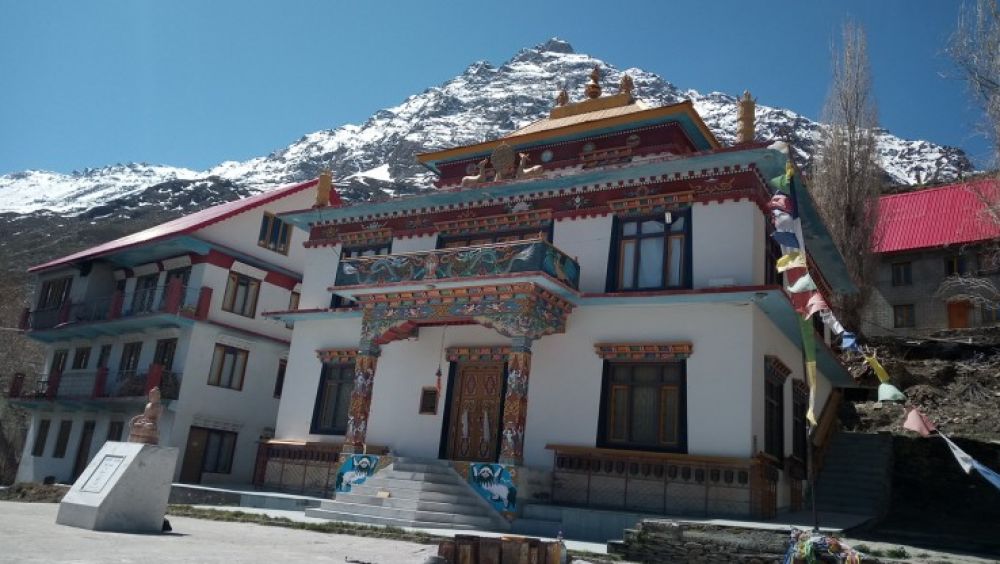

Kardang Monastery, located in the serene Lahaul Valley in Himachal Pradesh, India, is a spiritual haven that dates back to the 12th century. Initially established as a small hermitage by Tibetan monks, it has since evolved into a significant seat of spirituality and learning within the Drukpa Lineage of Tibetan Buddhism. The monastery was renovated in the 17th century and has been a beacon of Buddhist teachings and traditional culture ever since. Surrounded by the majestic Himalayas and overlooking the Bhaga River, Kardang Monastery is revered for its spiritual ambiance and cultural heritage, making it a prominent destination for Buddhist pilgrims and culture enthusiasts alike.
Over the years, Kardang Monastery has grown in fame not only as a spiritual center but also as a tourist destination. Visitors from across the world journey to this tranquil sanctuary to immerse themselves in its unique blend of spirituality, art, and unparalleled scenic beauty. The monastery is renowned for its rich library of Kangyur and Tangyur texts, vibrant thangka paintings, and intricate murals. The annual festival of Chakhar Mela, which features traditional Lama dances, has further put Kardang Monastery on the map, drawing culture enthusiasts keen on experiencing the vibrant local traditions.
Tourism in Lahaul Valley began gaining traction with the advent of mountaineering and trekking expeditions in the Himalayas. As infrastructure developed, more tourists started exploring the region for its raw beauty and cultural depth. With the inauguration of the Atal Tunnel, previously known as Rohtang Tunnel, in 2020, accessibility to the valley has been significantly improved, boosting tourist arrivals seeking the unique blend of adventure and serenity that Lahaul offers.
The latest trends in tourism around the region emphasize sustainable and ecotourism practices, aiming to preserve the delicate ecology of the Himalayas while providing an authentic experience to travelers. Homestays and community-based tourism are also gaining popularity, offering visitors an intimate glimpse into the local way of life. Adventure tourism continues to thrive, with activities like trekking, river rafting, and skiing in the spotlight. Digital nomadism, spurred on by the pandemic, has seen a rise, with more travelers looking for remote, peaceful destinations like Lahaul Valley to work from amidst nature.
The future of tourism in Lahaul Valley, and particularly around Kardang Monastery, looks promising. With an enhanced focus on preserving the natural environment and cultural integrity, efforts are being made to promote responsible tourism practices. The local government and community organizations are working together to create an infrastructure that supports this vision while ensuring that visitors have a memorable and enriching experience. As Lahaul Valley continues to be an enchanting destination for tourists worldwide, Kardang Monastery stands as a timeless testament to the region's spiritual and cultural magnificence.